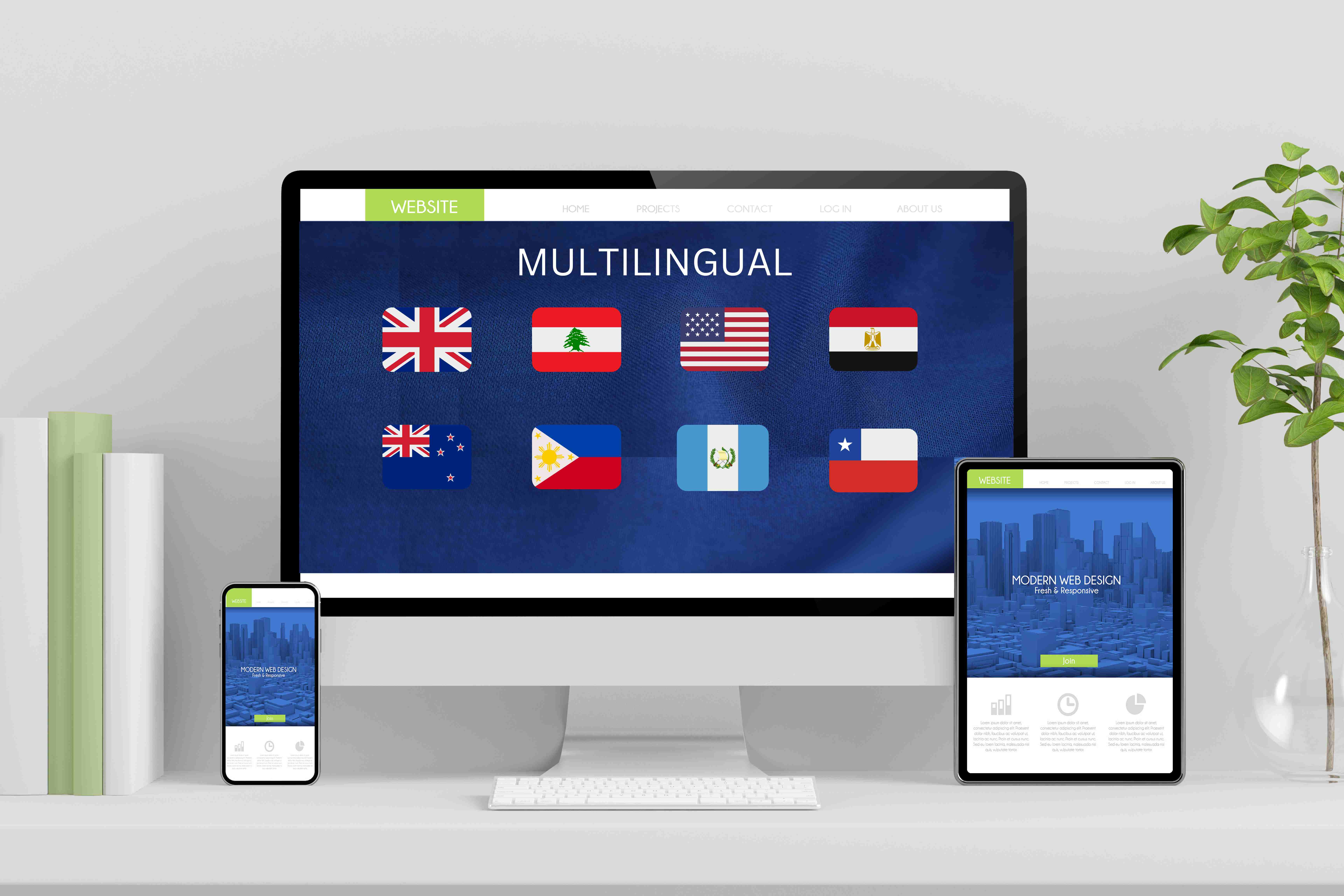In today’s globalized world, businesses are expanding their online presence to reach audiences across different countries and languages. For website owners with multilingual sites, optimizing for search engines in multiple languages is crucial for driving organic traffic and maximizing visibility. In this comprehensive guide, we’ll explore the best practices and actionable tips for implementing multilingual SEO strategies to enhance your website’s performance and attract diverse audiences.
Table of Contents
- Introduction
- Understanding Multilingual SEO
- Actionable Tips for Multilingual SEO Success
- Latest SEO Trends for Multilingual Websites
- Conclusion
- About Don Hesh SEO
1. Introduction
Multilingual websites require specialized SEO strategies to ensure that each language version ranks well in search engine results pages (SERPs). By optimizing for multilingual search, businesses can effectively target international markets and cater to the needs of diverse language-speaking audiences.
2. Understanding Multilingual SEO
Multilingual SEO involves optimizing website content, meta tags, and other elements to rank well in search engines for multiple languages. Key considerations for multilingual SEO include:
- Language Targeting: Identifying target languages and creating optimized content for each language version of the website.
- Hreflang Tags: Implementing hreflang tags to indicate to search engines the language and regional targeting of each page.
- Localized Keywords: Conducting keyword research to identify relevant keywords and phrases in each target language.
- Content Localization: Translating and localizing content to ensure cultural relevance and readability for each language audience.
3. Actionable Tips for Multilingual SEO Success
- Choose the Right URL Structure: Opt for a URL structure that supports multilingual content, such as subdirectories (/en/, /fr/) or subdomains (en.example.com, fr.example.com).
- Use Hreflang Tags Correctly: Implement hreflang tags properly to signal to search engines the language and regional targeting of each page.
- Translate Content Professionally: Invest in professional translation services to ensure accurate and culturally appropriate translations.
- Optimize Metadata: Customize meta titles, descriptions, and other metadata for each language version of the website.
- Create Language-Specific Sitemaps: Generate separate XML sitemaps for each language version of the site to facilitate indexing.
4. Latest SEO Trends for Multilingual Websites
- BERT Algorithm: Google’s BERT algorithm improves understanding of search queries, benefiting multilingual websites by better interpreting complex language nuances.
- Voice Search Localization: With the rise of voice search, optimizing for voice queries in different languages becomes increasingly important for multilingual sites.
- Mobile-First Indexing: Ensuring that all language versions of the website are mobile-friendly is essential for ranking well in mobile search results.
5. Conclusion
Optimizing multilingual websites for search engines requires careful planning and execution. By following actionable tips and staying updated on the latest SEO trends, businesses can effectively reach and engage with audiences across different languages and regions, driving organic traffic and achieving online success.
6. About Don Hesh SEO
Don Hesh SEO is your trusted partner in implementing effective SEO strategies to enhance your online reputation and drive results for your business. As experienced SEO consultant and Google Ads consultant, we specialize in helping businesses improve their online visibility, attract more customers, and achieve their marketing goals. Contact us today to learn how we can help you elevate your online reputation and drive success for your business.



